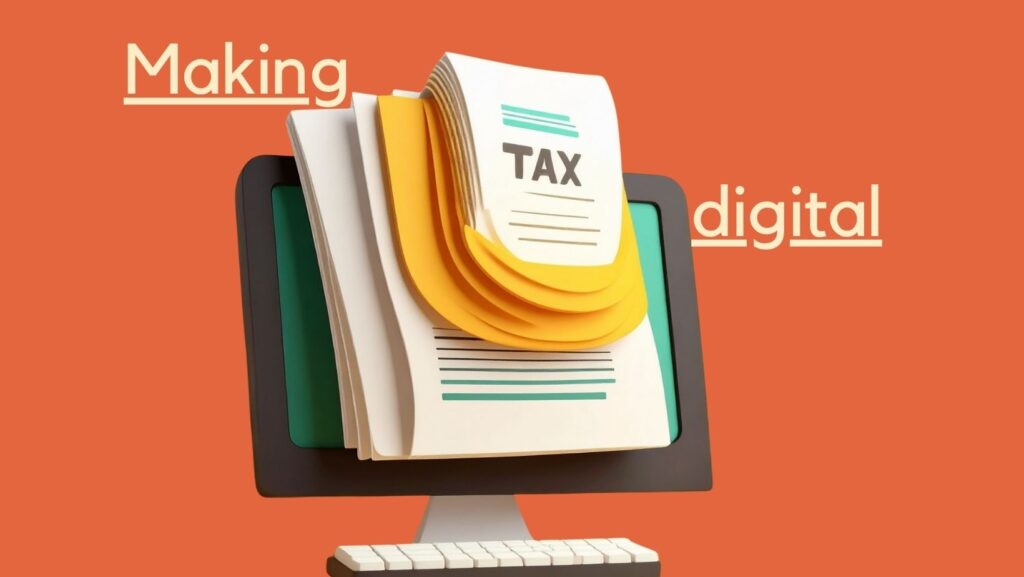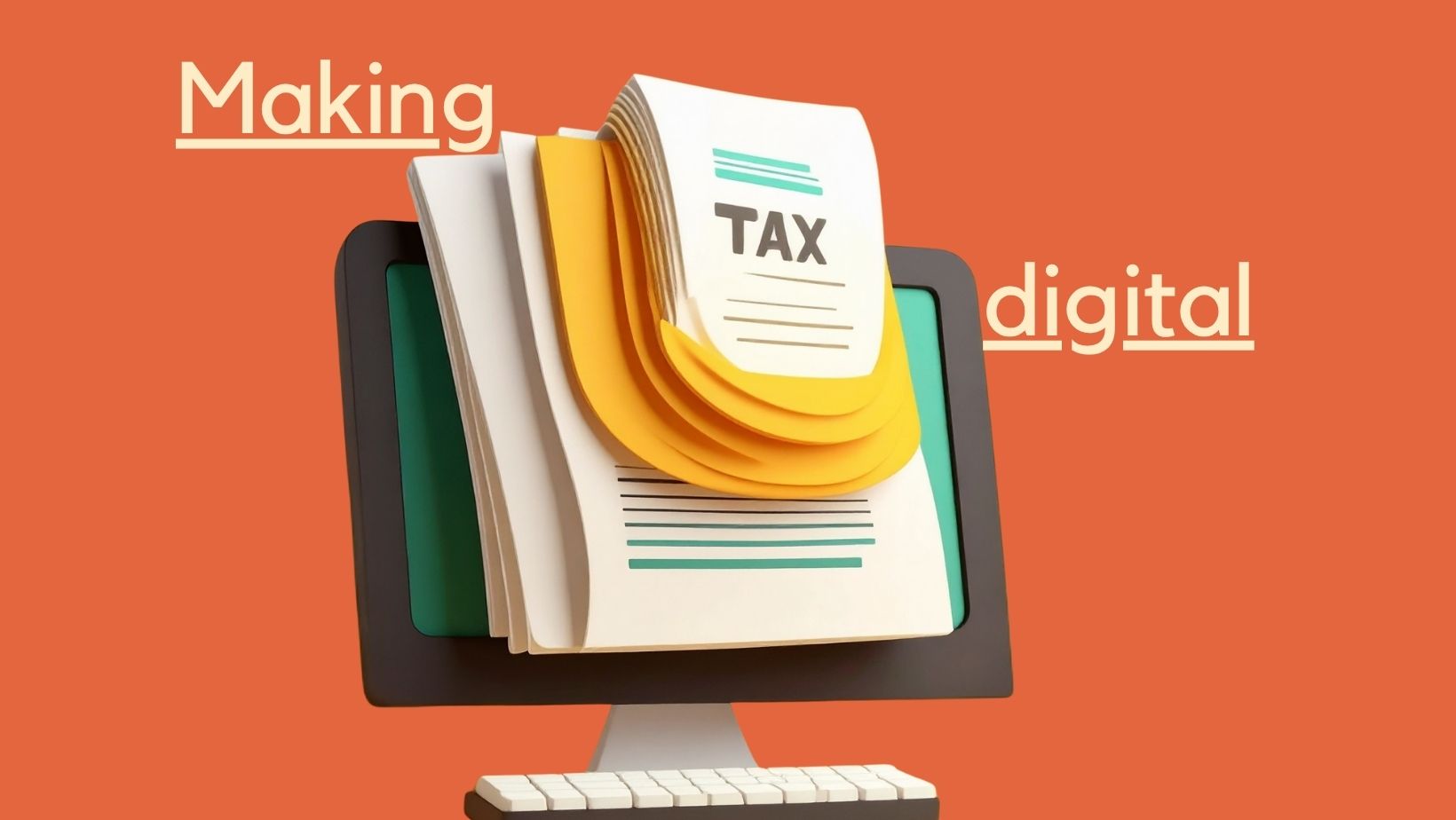If you’re a landlord or sole trader with income over £30,000, there’s a major change coming to the way you manage your tax affairs.
From April 2026, Making Tax Digital for Income Tax Self Assessment (MTD for ITSA) will become mandatory for many individuals. With under a year to go, now is the time to understand what’s changing and how to prepare.
What is Making Tax Digital?
Making Tax Digital (MTD) is a government initiative intended to update the UK tax system. Its goal is to make tax administration more effective, efficient, and easier for taxpayers to get right.
It requires businesses and individuals to keep digital records and submit tax data to HMRC using approved software. The system moves taxpayers away from one annual Self Assessment return and towards quarterly digital updates, with an end-of-period statement and a final declaration to complete the process.
MTD for VAT has already been in effect for most VAT-registered businesses since 2019. Now, MTD for Income Tax Self Assessment is next.
Who will be affected from April 2026?
From April 2026, if you are:
- A sole trader, or
- A landlord,
and your combined annual business or property income is more than £30,000, you will be required to comply with MTD for ITSA.
This threshold is based on gross income, not profit. So even if you only just clear £30,000 in rental income or self-employed turnover, you’ll fall within the scope.
Partnerships and those with income under the threshold are currently not required to join MTD in 2026, though the government may extend the rules in the future.
What will you need to do?
If you’re affected, you’ll need to:
- Keep digital records of income and expenses using MTD-compliant software.
- Submit quarterly updates to HMRC summarising your business income and expenses.
- Submit an end-of-period statement (EOPS) for each business or property income source at the end of the tax year.
- Submit a final declaration, confirming your total income and tax position, similar to today’s Self Assessment return.
Importantly, this doesn’t mean paying tax four times a year, it’s more about providing more frequent data to HMRC. Payment dates currently remain the same.
What are the benefits?
MTD is designed to:
- Reduce errors caused by manual data entry
- Help taxpayers stay on top of their tax affairs throughout the year
- Provide a more up-to-date picture of how much tax is owed
Some people may also find that regular reporting encourages better financial management and budgeting.
What challenges might you face?
While MTD offers potential benefits, many small business owners and landlords have voiced concerns about:
- The added administrative burden of submitting information quarterly
- The cost of accounting software or switching from spreadsheets
- The learning curve involved in adapting to new digital processes
For those used to managing their own finances manually or with basic tools, the transition could feel daunting. That’s why it’s important to prepare early.
What can you do now to get ready?
- Check if you’re within scope – review your income from self-employment and property. If your total gross income exceeds £30,000, MTD for ITSA will apply to you from April 2026.
- Start keeping digital records – even if you’re not yet required to submit updates, this is good practice and helps smooth the transition.
- Explore MTD-compatible software – there are various options to suit different business sizes and budgets.
- Talk to your accountant – they can help assess your readiness and put the right systems in place.
- Stay informed – HMRC will continue to release updates and guidance in the lead-up to 2026.
Final thoughts
The introduction of MTD for ITSA marks a significant shift in the way many people manage their taxes. While the aim is to make tax simpler and more accurate in the long run, the change will take time and planning.
By taking proactive steps now, you can ensure a smoother transition and avoid any last-minute stress when April 2026 arrives.





